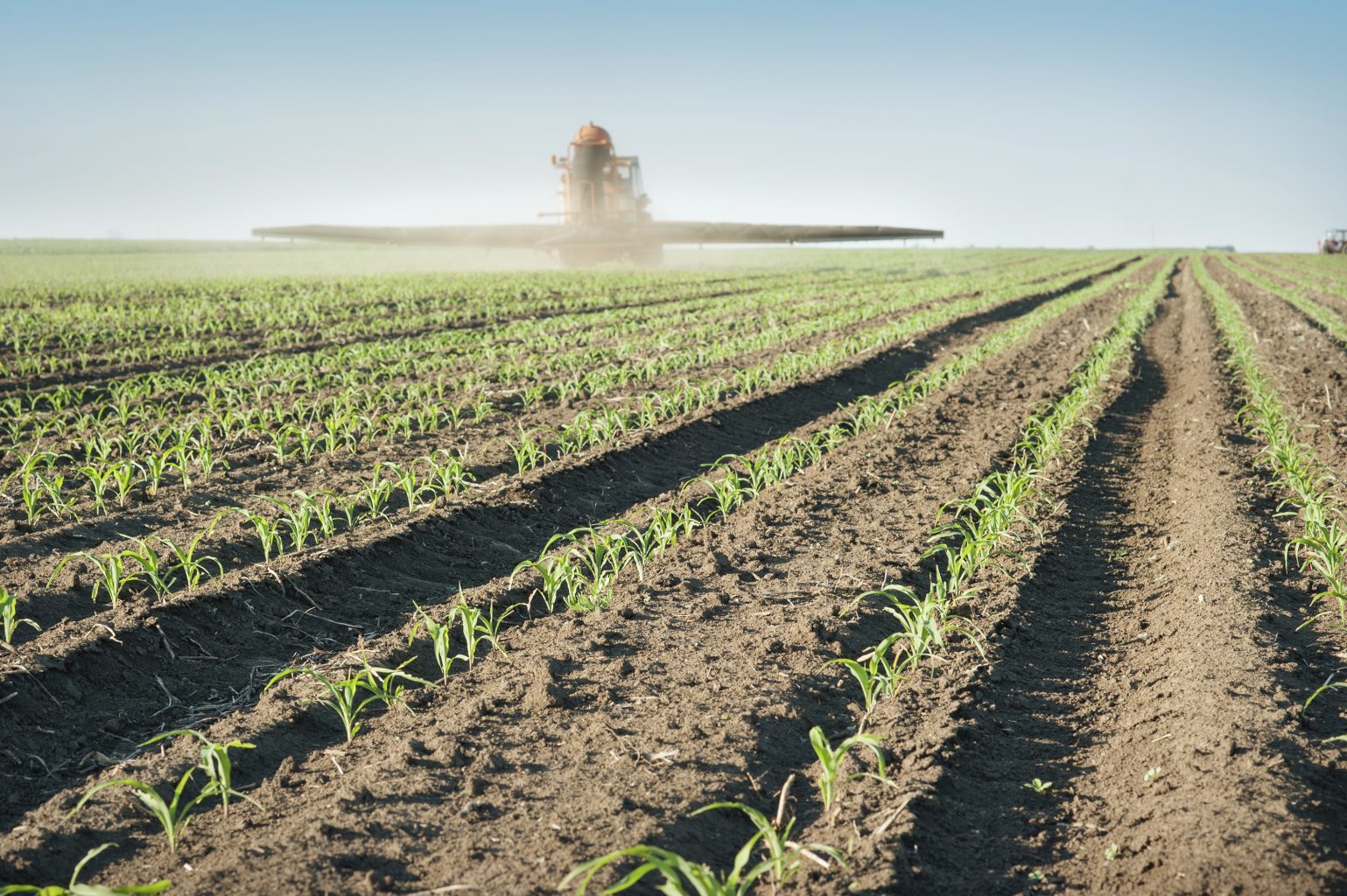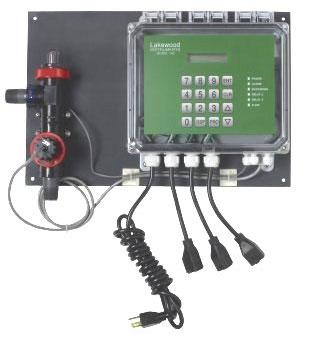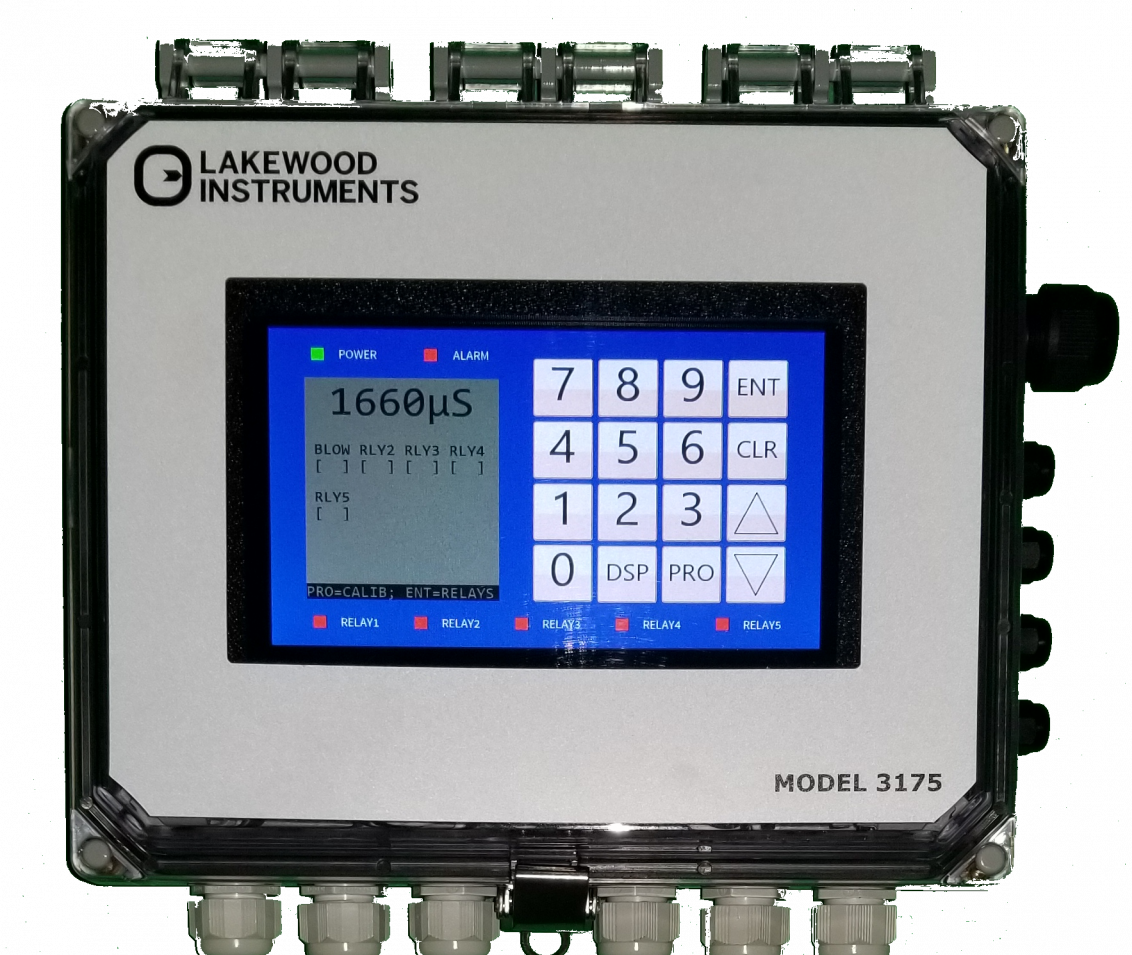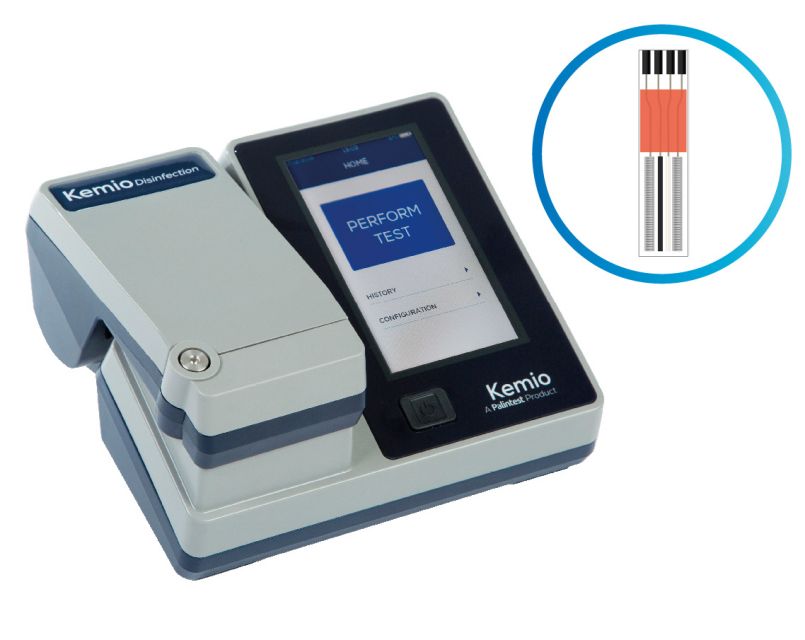Methods Of Expressing Soil Test Results
July 25, 2019 0 Comments

Principle
Palintest soil analysis results are expressed in terms of the nutrient as mg/L of soil. This is the standard mode of expression in the United Kingdom. Several other methods of expression are available and Palintest results can be converted as follows:
Results expressed as kg/ha:
Assuming a plough depth of 20cm, the volume of the plough depth of 1 hectare is 2000m3. One m3 contains 1000 litres so plough layer is equivalent to 2 x 106 litres of soil. One Kg contains 106mg. Using these relationships the conversion factor is calculated.
Nutrient present as kg/ha = 2 x nutrient present as mg/L soil.
Results Expressed as mg/kg:
To convert results to this form it is necessary to know the soil bulk density. Bulk density depends on the soil texture and condition, but for mineral soils is generally in the range of 1.0 to 1.5 kg/L. The true bulk density should be determined for precise measurements. For the purpose of illustration or estimates the bulk density may be assumed to be 1.2 kg/L
Nutrient present as mg/kg = Nutrient present as mg/L
Soil Bulk Density as kg/L
Results Expressed as mg/m2:
Assuming a plough depth of 20cm, the volume of 1m2 to the plough depth is 200litres. Nutrient present as mg/m2= 200 x nutrient present as mg/L soil.
Also in Blog

Advanced Cooling Tower Management: Enhancing Efficiency with Lakewood Model 140
February 28, 2024 0 Comments

Optimizing Cooling Tower Performance: Understanding Efficiency, Maintenance, and Water Quality Management
February 28, 2024 0 Comments

Revolutionizing Water Analysis: Everything You Need to Know About the Kemio KEM10DIS
April 19, 2023 0 Comments

